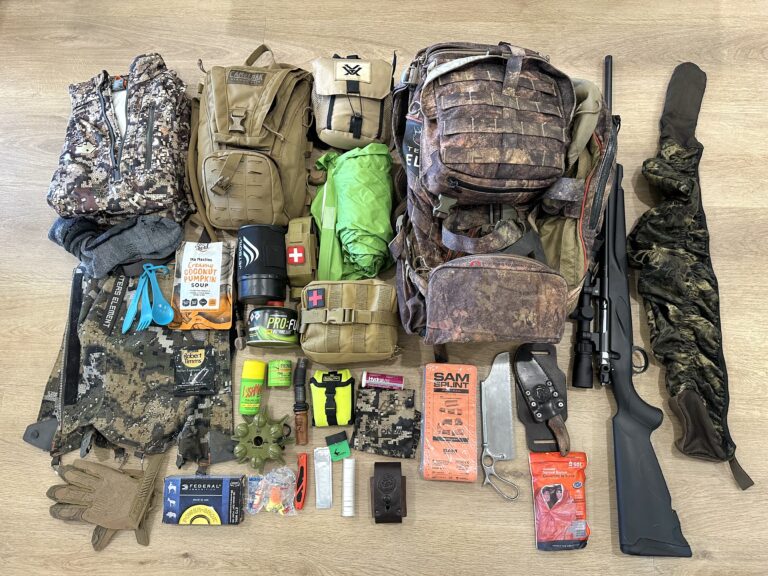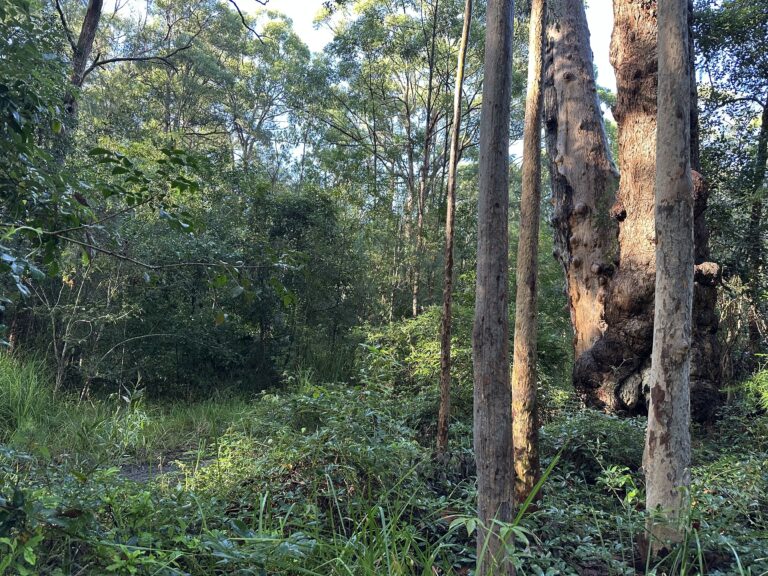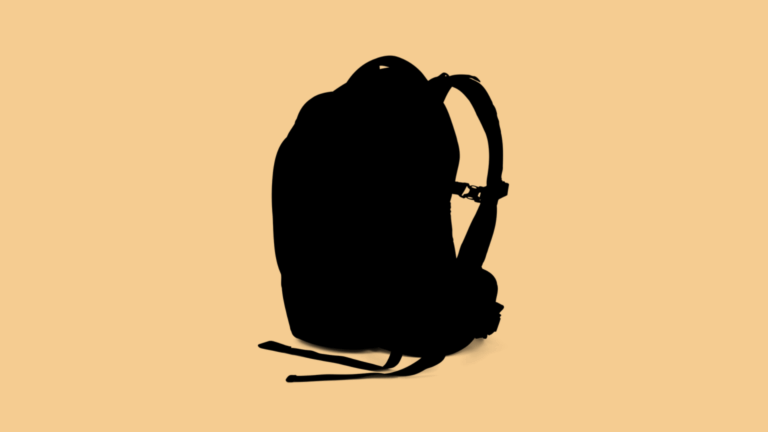When you think of hunter safety, a tree or falling branch is likely the last thing on your mind. Yet, this seemingly innocuous part of our surroundings presents one of the greatest threats in the outdoors.
This article explores the danger of “widowmaker” tree limbs – what they are, how to identify them, and how to avoid them.
What is a “widowmaker”?
A widowmaker is a colloquial term for a dead or unstable tree limb that falls unexpectedly. In Australia, the term is often associated with eucalyptus (gum) trees due to their notorious tendency to shed large branches, even from trees that appear healthy.
As the name suggests, a widowmaker can cause severe injury or death to anyone unlucky enough to be beneath it. With many gum trees growing up to 40 metres tall, the combination of limb size and fall height makes them especially dangerous.
Although the chance of being personally struck is estimated at around 1 in 5 million, damage to vehicles and campsites is far more common. News reports frequently show the aftermath in both rural and urban areas, particularly following storms and other severe weather events.
Why do branches suddenly fall?
There are several reasons a branch might fall without warning:
- Self-pruning: In drought or dry conditions, eucalyptus trees may shed limbs to conserve water and preserve their overall health.
- Weather stress: Storms, strong winds, or even snow can place extra strain on branches, causing them to snap.
- Structural weakness: Decay, disease, or pest damage can compromise the strength of limbs or the trunk itself.
How to spot a widowmaker
The signs aren’t always obvious, but be cautious around any tree that:
- Shows signs of rot, fungi, or general poor health,
- Has visible pest or disease damage,
- Has pale, dead, or broken branches high in the canopy, or;
- Has a shallow root system, increasing the risk of the whole tree toppling.
Choosing a safe campsite
Staying alert when choosing a campsite can greatly reduce your risk of being hit by a falling branch. As a general rule:
- Avoid camping or parking directly under large trees, and;
- Allow extra space between your setup and nearby trees during storms, high winds, or snowfall.
Final thoughts
With a bit of foresight, you can minimise the risk of injury from falling limbs. Stay proactive, choose open areas wherever possible, and always look up before setting up camp.









